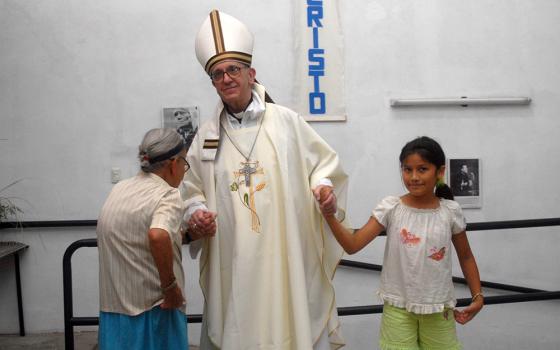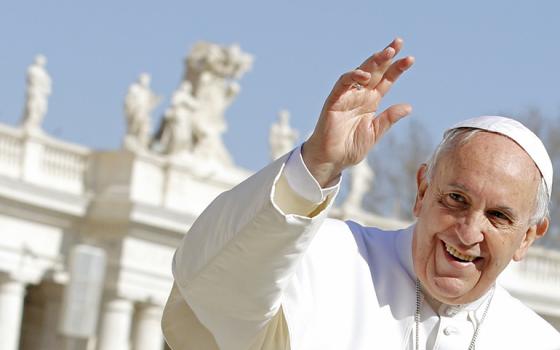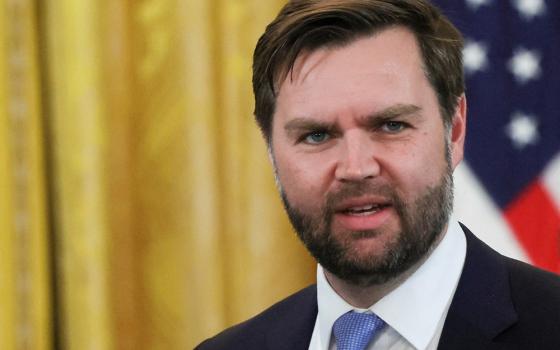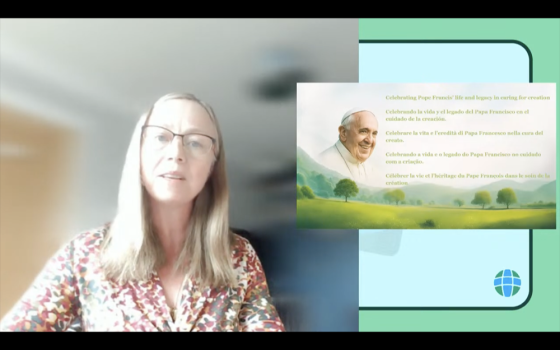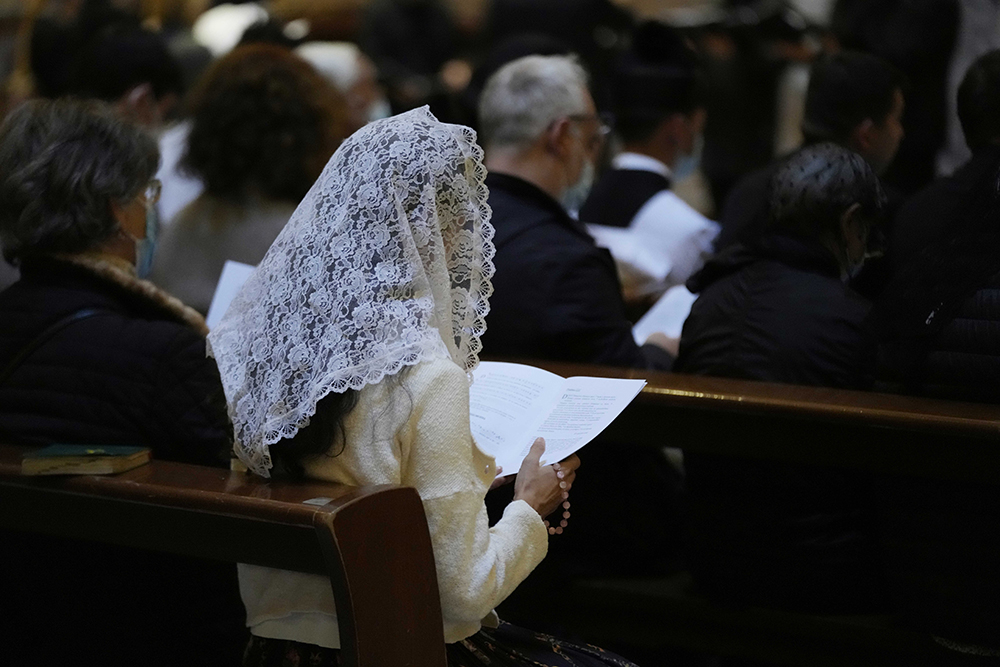
A faithful reads during a Latin Mass at Rome's ancient Pantheon basilica, in Rome, Italy on Oct. 29, 2021. (AP/Luca Bruno)
With President Donald Trump back in office, some traditionalist Catholics have expressed optimism about the opportunities available to them to influence public policy and discourse. While America's recent political shift may enable the platforming of these "trad Caths," it is also likely to fan the flames of backlash against them — a reality to which they are no strangers.
I have previously defended the trad Cath trend in these pages, citing a possibility for drawing young people disillusioned with secularism into a more intimate relationship with Christ and the poor. I have argued that the Tridentine Latin Mass can in some ways be more inclusive for certain marginalized folk than the Novus Ordo Mass. I expressed hope that Pope Francis' 2021 motu proprio imposing restrictions on the celebration of the Latin Mass would help curb the radicalization of traditionalist communities. Yet as the trend has continued to grow, I have come to recognize some concerning pitfalls, and feel compelled to offer a perhaps less generous read of its trajectory.
Advertisement
The reality is, most of the traditionalist communities I know have become increasingly ideological with time and visibility. The extent to which the pope's restrictions or the recent gains made by right-populist politicians have contributed to this are certainly worth our consideration. But rather than offer a diagnosis, I would examine the cognitive dissonance that seems to plague most of the trad Caths I've personally been in dialogue with.
Much of traditionalist Catholic rhetoric is predicated on an antagonistic relationship with "modernism" (as well as postmodernism), taking their cues from the encyclicals of Popes Pius IX and X. While I share some of their reservations about modernist thought, I fear that this attitude is more reactionary than it is based in critical engagement. Reactionary discourse that fails to develop into a more nuanced engagement morphs it into its mirror opposite; different on the surface, but the same in essence.
In his seminal work The Risk of Education, the Italian priest Luigi Giussani wrote that young people must learn to do more than reject or embrace tradition. Applying St. Paul's method of "testing everything and keeping what is true," Giussani attempted to identify the aspects of modern ideas that resonated with the church's tradition of human flourishing. In his eyes, the church is not a safe haven from, nor weapon to be wielded against, the modern world, but rather a loving mother and teacher who forms the child to discover Christ's saving love in the midst of the circumstances in which one finds oneself.
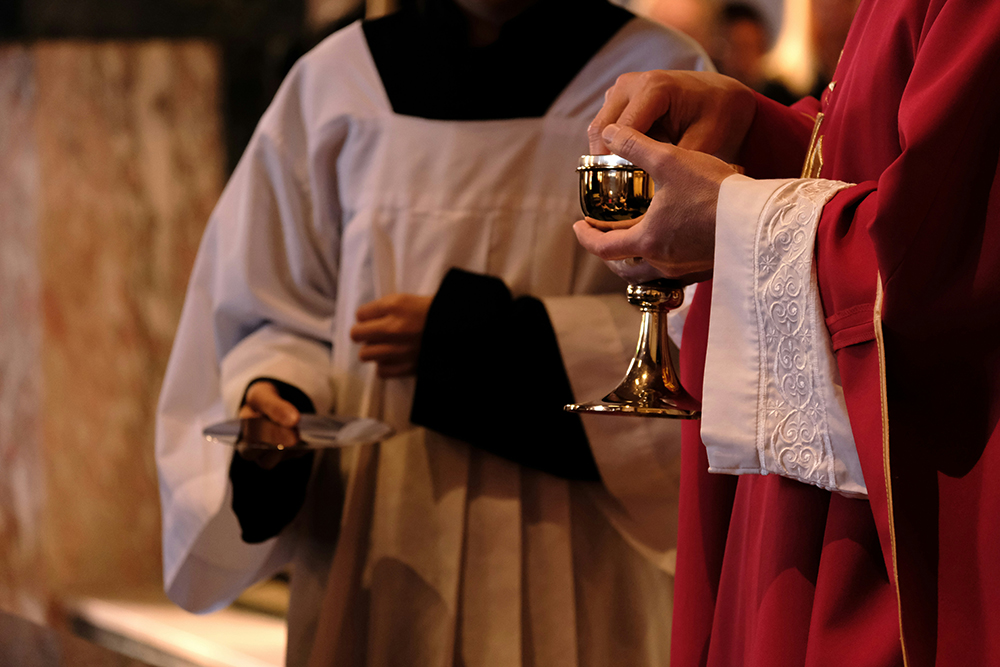
(Unsplash/Julia Michelle)
By failing to discern the positive from the negative aspects of modernism, and subsequently to offer a substantial vision that takes these nuances into account and to build on them, traditionalism is rendered anything but traditional. Its point of departure is not so much the promptings of the Holy Spirit revealed through the wisdom and communion of the church, but mere human calculation and expression of one's individual proclivities.
The word tradition comes from the Latin traditio, "to pass down," which is to say it is dynamic and life-giving. What we call "traditional Catholicism" is less the fruit of a living, breathing legacy shared organically between generations than it is the product of an artificially constructed culture, picking and choosing elements from the past that fit the ideological and aesthetic tastes of its adherents, thus rendering it stale and static. Traditionalist Catholicism risks falling into the very trap against which they claim to be so vehemently opposed: identitarian individualism.
When trad Caths insist on disrupting the flow of the Communion line by dropping to their knees to receive the host on the tongue at a Novus Ordo Mass, I can't help but wonder whether it's out of sincere reverence or performative virtue signaling, or of attempting to distinguish oneself from others in a manner similar to those who prefer being called by non-cisnormative pronouns. The cognitive dissonance of criticizing the modern myth of the rationalist "self-made man" and self-referential, postmodern identity categories — while simultaneously constructing an identity based on a highly-calculated notion of "tradition" — seems to be lost on those entrenched in these enclaves, especially in its online iterations.
When trad Caths insist on disrupting the flow of the communion line by dropping to their knees to receive the host on the tongue at a Novus Ordo Mass, I can't help but wonder whether it's out of sincere reverence or performative virtue signaling.
Internet historian Kathertine Dee writes that trad Catholicism has "become a meme, a subculture, and a perceived source of social capital online," comparing it to passing fads and fandoms like those tied to pop culture phenomena. As much as dismissing trad Catholicism as a mere LARP ("live action role-playing game") or fringe internet identity category would be unfair, there's something to be said about the fact that it has flourished in spaces like Reddit, Tumblr and X (formerly Twitter), which have also served as a breeding ground for gamer communities, fandoms and new gender and sexual identities.
Trad enclaves risk becoming self-referential echo chambers that enable an escapist mentality antithetical to the Christian belief in the incarnation and the "Great Commission." If God entered the world, arose victorious over death and evil and called his followers to "go out to all the world and tell the good news," then wouldn't the impulse to hide from the world rub against the basic precepts of Christianity? Such a fear-driven, defensive attitude seems to be the fruit of placing one's faith and trust not in an almighty, incarnate God but in the limited, fragile strength of human beings — which is one of the greatest errors of modernism.
Understandably, many young people also flock to trad communities because they, like me, are disillusioned with the bland spirituality characteristic of ethnically-assimilated, middle-class, suburban parishes. But I've found that liturgies at parishes that are tied to a particular ethnic community tend to be less prone to these kinds of problems, as they offer a living, organic tradition quite different from the vapidness of assimilated parishes — or the stale, ideological air of trad ones.
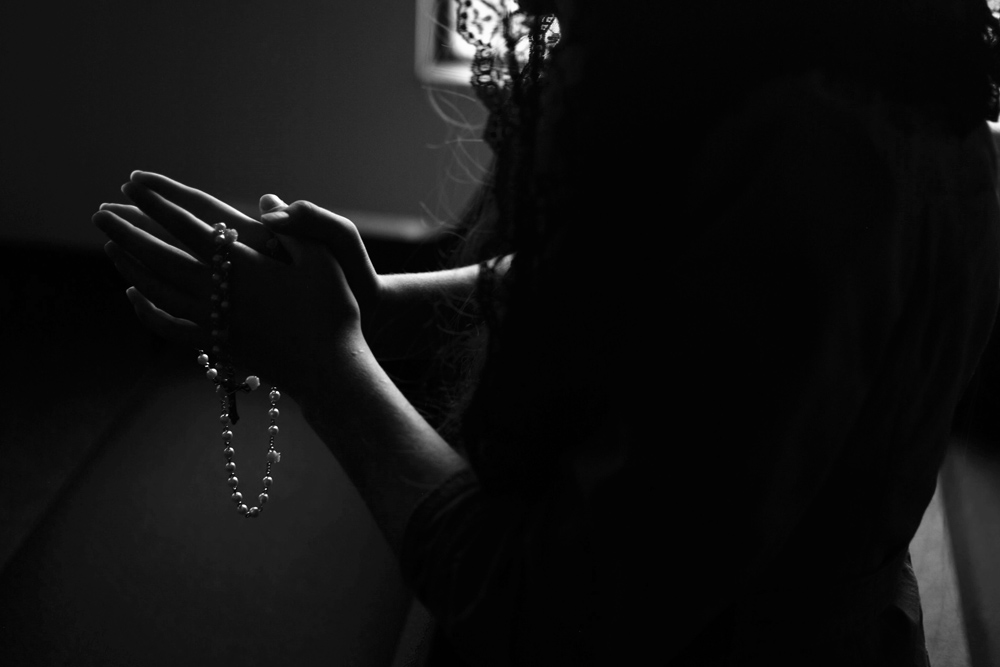
(Unsplash/twinsfisch)
Alternatively, ecclesial lay movements like Focolare, Sant'Egidio, the Neocatechumenal Way and Communion and Liberation offer a valuable combination of doctrinal orthodoxy with a missionary spirit that is unafraid of engaging the modern world. These communities, tethered to the institutional church in a way that preserves them from heterodoxy and self-referential escapism, can provide young people their traditionalist "fix" while inciting in them an excitement to go out into the world as commanded by Jesus (Mt. 28:19).
In the words of St. Augustine, the Christian tradition is "ever ancient, ever new." This is a reason to "rejoice and be glad" — as Francis has exhorted us — rather than be fearful and pessimistic. The joy of the resurrected Christ promises us that regardless of the wayward direction the world may head, God remains still. The wisdom of the church is a solid foundation, an eternal font of hope and stability. Rather than reinventing the wheel, perhaps those of us thirsting for tradition ought to look for the spaces in which tradition is already moving and thriving.

